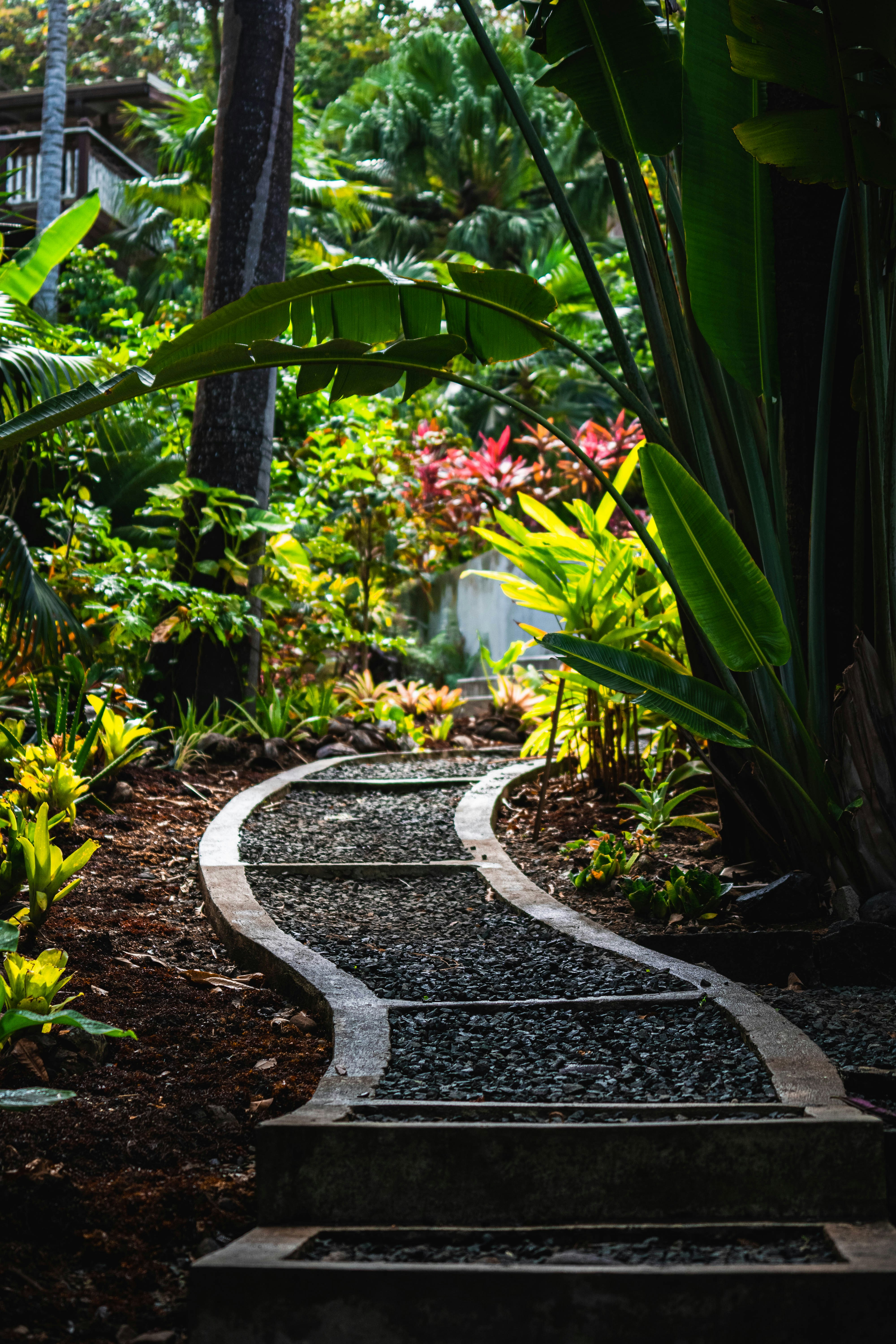Optimizing Commercial Irrigation Systems: A Comprehensive Guide
Optimizing Commercial Irrigation Systems: A Comprehensive Guide


Efficient irrigation is vital for maintaining healthy landscapes while conserving water and reducing operational costs. This guide provides in-depth strategies for optimizing commercial irrigation systems, focusing on sustainability and performance.
Conduct Regular System Audits
Regular inspections help identify inefficiencies such as leaks, misaligned sprinkler heads, or outdated components. Implementing a routine maintenance schedule ensures that the system operates at peak efficiency, reducing water waste and preventing landscape damage.
Implement Smart Irrigation Controllers
Smart controllers adjust watering schedules based on real-time weather data and soil moisture levels. These systems prevent overwatering during rainy periods and ensure adequate hydration during dry spells, leading to significant water savings.
Utilize Soil Moisture Sensors
Installing soil moisture sensors provides accurate data on the water needs of different landscape areas. This information allows for precise irrigation, ensuring plants receive the right amount of water without excess.
Schedule Watering Appropriately
Watering during early morning hours minimizes evaporation and reduces the risk of fungal diseases. Avoiding irrigation during peak sunlight or late evening ensures optimal water absorption and plant health.
Group Plants by Water Needs (Hydrozoning)
Organizing plants with similar water requirements into specific zones allows for tailored irrigation schedules. This practice prevents overwatering or underwatering, promoting healthier plant growth and conserving water.
Upgrade to Drip Irrigation Systems
Drip irrigation delivers water directly to plant roots, reducing evaporation and runoff. This method is especially effective for shrub beds and landscaped areas, providing efficient water use and improved plant health.
Incorporate Rain Sensors
Rain sensors prevent irrigation systems from operating during rainfall, avoiding unnecessary water use. This simple addition enhances system efficiency and contributes to water conservation efforts.
Upgrade to Drip Irrigation Systems
Drip irrigation delivers water directly to plant roots, reducing evaporation and runoff. This method is especially effective for shrub beds and landscaped areas, providing efficient water use and improved plant health.
Perform Seasonal Adjustments
Adjusting irrigation schedules seasonally accounts for changes in weather and plant water requirements. Reducing watering frequency during cooler months and increasing it during hotter periods ensures optimal plant health and resource use.
Monitor and Repair Leaks Promptly
Regularly checking for and repairing leaks prevents water loss and landscape damage. Even small leaks can lead to significant water waste over time, emphasizing the importance of prompt maintenance.
Educate Maintenance Staff
Training staff on proper irrigation practices ensures that the system is used effectively. Educated personnel can identify issues early, perform routine maintenance, and make informed decisions about system adjustments.
Implementing these strategies will enhance the efficiency and sustainability of commercial irrigation systems, leading to healthier landscapes and reduced operational costs.

LOOKING FOR EXPERT HELP ON YOUR NEXT PROJECT?
Our team has a combined 40+ years experience transforming commercial and residential spaces.
Efficient irrigation is vital for maintaining healthy landscapes while conserving water and reducing operational costs. This guide provides in-depth strategies for optimizing commercial irrigation systems, focusing on sustainability and performance.
Conduct Regular System Audits
Regular inspections help identify inefficiencies such as leaks, misaligned sprinkler heads, or outdated components. Implementing a routine maintenance schedule ensures that the system operates at peak efficiency, reducing water waste and preventing landscape damage.
Implement Smart Irrigation Controllers
Smart controllers adjust watering schedules based on real-time weather data and soil moisture levels. These systems prevent overwatering during rainy periods and ensure adequate hydration during dry spells, leading to significant water savings.
Utilize Soil Moisture Sensors
Installing soil moisture sensors provides accurate data on the water needs of different landscape areas. This information allows for precise irrigation, ensuring plants receive the right amount of water without excess.
Schedule Watering Appropriately
Watering during early morning hours minimizes evaporation and reduces the risk of fungal diseases. Avoiding irrigation during peak sunlight or late evening ensures optimal water absorption and plant health.
Group Plants by Water Needs (Hydrozoning)
Organizing plants with similar water requirements into specific zones allows for tailored irrigation schedules. This practice prevents overwatering or underwatering, promoting healthier plant growth and conserving water.
Upgrade to Drip Irrigation Systems
Drip irrigation delivers water directly to plant roots, reducing evaporation and runoff. This method is especially effective for shrub beds and landscaped areas, providing efficient water use and improved plant health.
Incorporate Rain Sensors
Rain sensors prevent irrigation systems from operating during rainfall, avoiding unnecessary water use. This simple addition enhances system efficiency and contributes to water conservation efforts.
Upgrade to Drip Irrigation Systems
Drip irrigation delivers water directly to plant roots, reducing evaporation and runoff. This method is especially effective for shrub beds and landscaped areas, providing efficient water use and improved plant health.
Perform Seasonal Adjustments
Adjusting irrigation schedules seasonally accounts for changes in weather and plant water requirements. Reducing watering frequency during cooler months and increasing it during hotter periods ensures optimal plant health and resource use.
Monitor and Repair Leaks Promptly
Regularly checking for and repairing leaks prevents water loss and landscape damage. Even small leaks can lead to significant water waste over time, emphasizing the importance of prompt maintenance.
Educate Maintenance Staff
Training staff on proper irrigation practices ensures that the system is used effectively. Educated personnel can identify issues early, perform routine maintenance, and make informed decisions about system adjustments.
Implementing these strategies will enhance the efficiency and sustainability of commercial irrigation systems, leading to healthier landscapes and reduced operational costs.

LOOKING FOR EXPERT HELP ON YOUR NEXT PROJECT?
Our team has a combined 40+ years experience transforming commercial and residential spaces.

